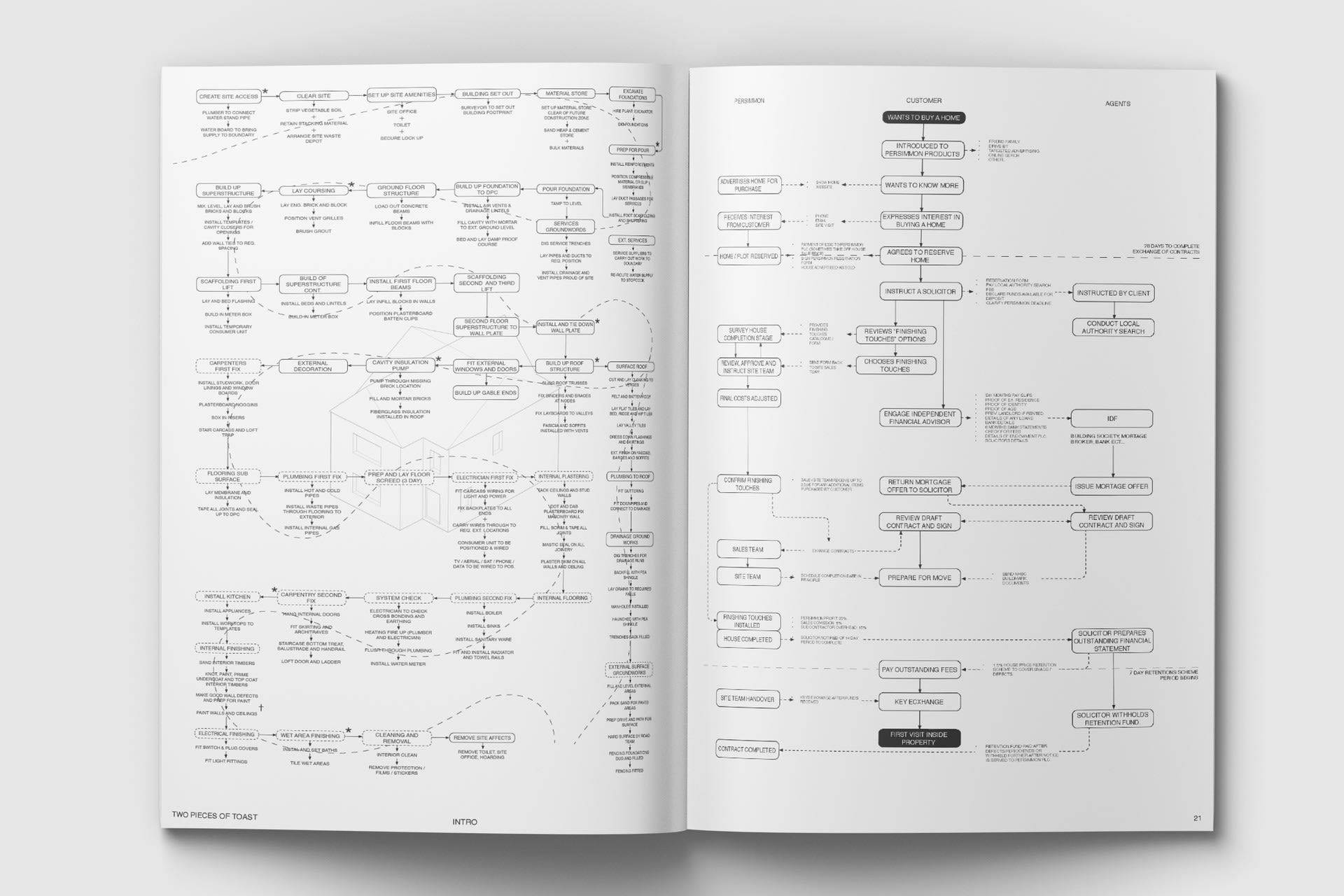Embracing the boring, Miles' ambition as a designer focuses on overlooked economies within architectural practice. With experiences at both ends of built environment professions – carpentry and fabrication through to architectural design, Miles wants to combine these perspectives to put forward an agenda defined by economics and practicality.
Miles won the RIBA West London student award last year for his project Framework for Occupation developed in ADS5: Camping in a High-Rise. This project focused on designing an intensely formal, generous and open superstructure that could be appropriated by occupants by using readily accessible materials from hardware stores. It kickstarted his interest in restructuring practices of control, authority, labour and creativity in architectural practice. These themes have been tested once again in his thesis this year.
Growing up in the UK and returning after five years of studying and working in Sydney, Australia, Miles is looking to operate in settings that work directly with the people and materials that make our spaces. He currently works with his brother in Manufaction, a furniture, joinery and fabrication studio which operates across domestic and commercial environments.





![[untitled]](https://res.cloudinary.com/rca2020/image/upload/f_auto,h_2560,w_1810,c_fill,g_auto,q_auto/v1/rca2021/60c7193f101fec8c9f74a919-917299?_a=AXAH4S10)
![[untitled]](https://res.cloudinary.com/rca2020/image/upload/f_auto,h_2560,w_1810,c_fill,g_auto,q_auto/v1/rca2021/60c7193f101fec8c9f74a919-801955?_a=AXAH4S10)
![[untitled]](https://res.cloudinary.com/rca2020/image/upload/f_auto,h_2560,w_1810,c_fill,g_auto,q_auto/v1/rca2021/60c7193f101fec8c9f74a919-115148?_a=AXAH4S10)
![[untitled]](https://res.cloudinary.com/rca2020/image/upload/f_auto,h_2560,w_1810,c_fill,g_auto,q_auto/v1/rca2021/60c7193f101fec8c9f74a919-133720?_a=AXAH4S10)
![[untitled]](https://res.cloudinary.com/rca2020/image/upload/f_auto,h_2560,w_1810,c_fill,g_auto,q_auto/v1/rca2021/60c7193f101fec8c9f74a919-162809?_a=AXAH4S10)
![[untitled]](https://res.cloudinary.com/rca2020/image/upload/f_auto,h_2400,w_1920,c_fill,g_auto,q_auto/v1/rca2021/60c71104101fec8c9f627c7d-958457?_a=AXAH4S10)
![[untitled]](https://res.cloudinary.com/rca2020/image/upload/f_auto,h_2400,w_1920,c_fill,g_auto,q_auto/v1/rca2021/60c71104101fec8c9f627c7d-978456?_a=AXAH4S10)
![[untitled]](https://res.cloudinary.com/rca2020/image/upload/f_auto,h_2400,w_1920,c_fill,g_auto,q_auto/v1/rca2021/60c71104101fec8c9f627c7d-128870?_a=AXAH4S10)
![[untitled]](https://res.cloudinary.com/rca2020/image/upload/f_auto,h_2400,w_1920,c_fill,g_auto,q_auto/v1/rca2021/60c71104101fec8c9f627c7d-159003?_a=AXAH4S10)
![[untitled]](https://res.cloudinary.com/rca2020/image/upload/f_auto,h_1500,w_1200,c_fill,g_auto,q_auto/v1/rca2021/60c70af4101fec8c9f57a16f-441816?_a=AXAH4S10)
![[untitled]](https://res.cloudinary.com/rca2020/image/upload/f_auto,h_1500,w_1200,c_fill,g_auto,q_auto/v1/rca2021/60c70af4101fec8c9f57a16f-456158?_a=AXAH4S10)
![[untitled]](https://res.cloudinary.com/rca2020/image/upload/f_auto,h_1500,w_1880,c_fill,g_auto,q_auto/v1/rca2021/60c70af4101fec8c9f57a16f-482294?_a=AXAH4S10)
![[untitled]](https://res.cloudinary.com/rca2020/image/upload/f_auto,h_1500,w_1880,c_fill,g_auto,q_auto/v1/rca2021/60c70af4101fec8c9f57a16f-500818?_a=AXAH4S10)
![[untitled]](https://res.cloudinary.com/rca2020/image/upload/f_auto,h_2400,w_1920,c_fill,g_auto,q_auto/v1/rca2021/60c70af4101fec8c9f57a16f-527236?_a=AXAH4S10)
![[untitled]](https://res.cloudinary.com/rca2020/image/upload/f_auto,h_1500,w_1200,c_fill,g_auto,q_auto/v1/rca2021/60c70af4101fec8c9f57a16f-544313?_a=AXAH4S10)
![[untitled]](https://res.cloudinary.com/rca2020/image/upload/f_auto,h_2400,w_1920,c_fill,g_auto,q_auto/v1/rca2021/60c70af4101fec8c9f57a16f-572463?_a=AXAH4S10)
![[untitled]](https://res.cloudinary.com/rca2020/image/upload/f_auto,h_2400,w_1920,c_fill,g_auto,q_auto/v1/rca2021/60c70af4101fec8c9f57a16f-27504?_a=AXAH4S10)
![[untitled]](https://res.cloudinary.com/rca2020/image/upload/f_auto,h_1280,w_1920,c_fill,g_auto,q_auto/v1/rca2021/60c72480101fec8c9f95c603-928805?_a=AXAH4S10)
![[untitled]](https://res.cloudinary.com/rca2020/image/upload/f_auto,h_1280,w_1920,c_fill,g_auto,q_auto/v1/rca2021/60c72480101fec8c9f95c603-936709?_a=AXAH4S10)